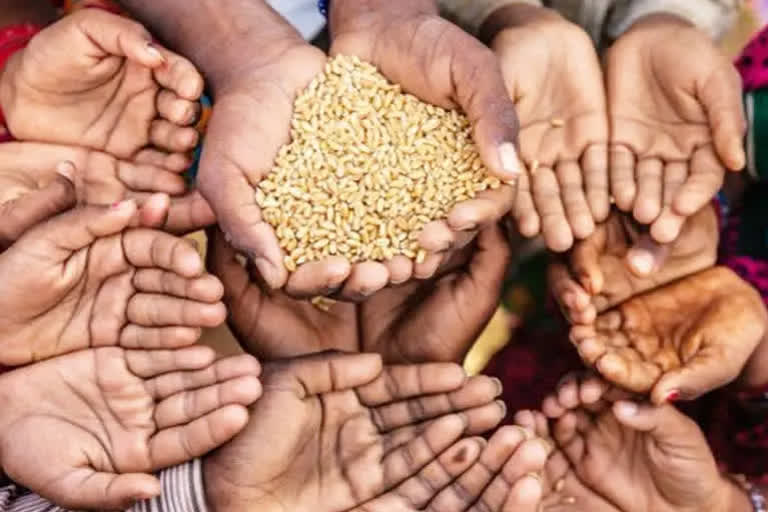New Delhi: The level of stunting among children under five years has marginally declined from 38 to 36 per cent in the last four years while obesity has increased in most states and union territories, according to the fifth round of the National Family Health Survey (NFHS). Stunting is the impaired growth and development that children experience from poor nutrition, repeated infection and inadequate psychosocial stimulation. The NFHS-5 (2019-21) report comprises detailed information on key domains of population, health and family welfare and associated domains like characteristics of the population, fertility, family planning, infant and child mortality, maternal and child health, nutrition and anaemia, morbidity and healthcare and women's empowerment.
The report said the level of stunting among children under five years has marginally declined from 38 to 36 per cent for India since the last four years. "Stunting is higher among children in rural areas (37 per cent) than urban areas (30 per cent) in 2019-21. Variation in stunting ranges from the lowest in Puducherry (20 per cent) and highest in Meghalaya (47 per cent). A notable decrease in stunting was observed in Haryana, Uttarakhand, Rajasthan, Uttar Pradesh and Sikkim (7 percentage points each), Jharkhand, Madhya Pradesh and Manipur (6 percentage points each), and Chandigarh and Bihar (5 percentage points each)," it said. Compared with NFHS-4 (2015-16) , the prevalence of overweight or obesity has increased in most states and UTs in NFHS-5.
"At national level, obesity increases from 21 per cent to 24 per cent among women and 19 per cent to 23 per cent among men. More than a third of women in Kerala, Andaman and Nicobar Islands, Andhra Pradesh, Goa, Sikkim, Manipur, Delhi, Tamil Nadu, Puducherry, Punjab, Chandigarh and Lakshadweep (34-46 per cent) are overweight or obese," the report said. The main objective of successive NHFS rounds has been to provide reliable and comparable data relating to health and family welfare and other emerging areas in India. The NFHS-5 survey work has been conducted in around 6.37 lakh sample households from 707 districts (as on March 2017) in 28 states and eight UTs, covering 7,24,115 women and 1,01,839 men to provide dis-aggregated estimates up to the district level, the report said. It also provides data by socio-economic and other background characteristics, useful for policy formulation and effective programme implementation.
Also read:1,020 females per 1,000 males in India, says MoS Health
The NFHS-5 shows an overall improvement in Sustainable Development Goals indicators in all states and UTs. "The extent to which married women usually participate in three household decisions (about health care for herself; making major household purchases; visit to her family or relatives) indicates that their participation in decision making is high, ranging from 80 per cent in Ladakh to 99 per cent in Nagaland and Mizoram. Rural (77 per cent ) and urban (81 per cent ) difference is found to be marginal. The prevalence of women having a bank or savings account that they use has increased from 53 to 79 per cent in the last four years," the report said.
